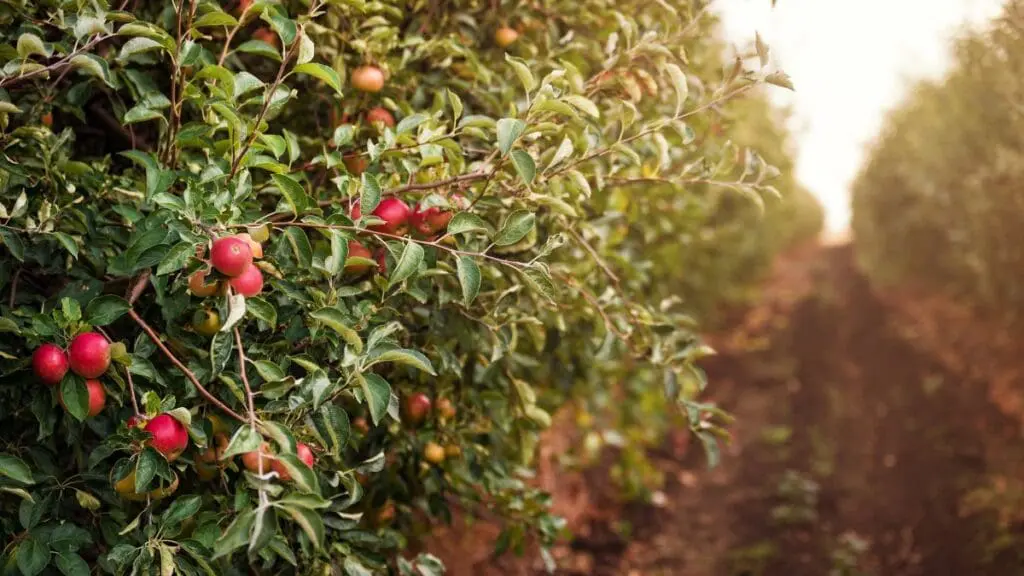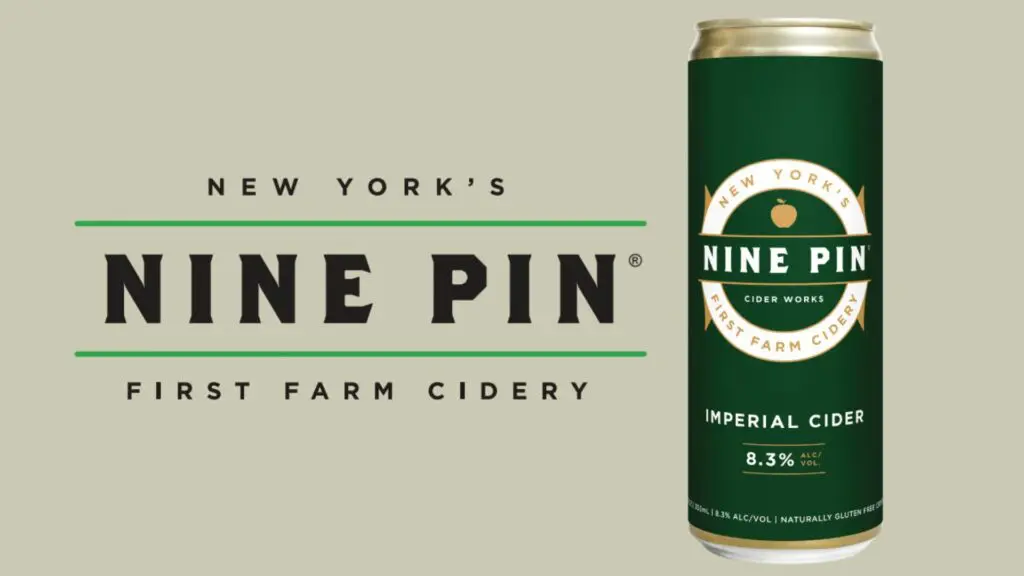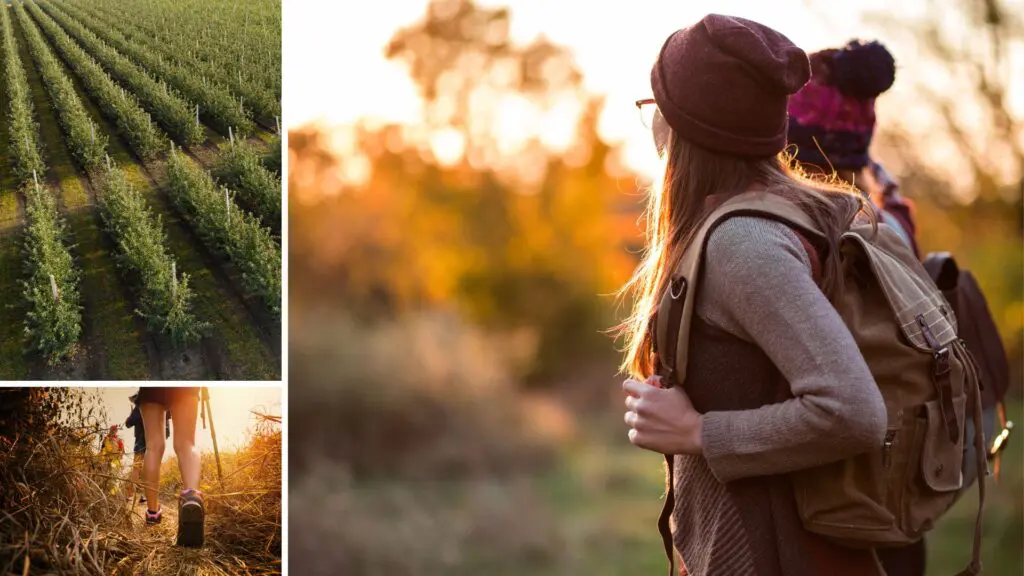Expert advice on cider tree selection, sourcing, planting, maintaining and harvest
In Virginia and Maine respectively, orchardists Diane Flynt of Foggy Ridge Cider and David Buchanan of Portersfield Cider carry a wealth of knowledge about nurturing apple trees. Entering the spring planting season, these two experts sat down with Cidercraft to share their insights on the best approaches for hobbyists who want to grow cider apples at home.

Selection and Sourcing
When cultivating a small orchard, Flynt recommends planting a variety of early-, mid- and late-season fruit in order to stagger the harvest. If opting for a single tree or more limited number of trees, however, Buchanan advocates for focusing on later-season apples, which he explains typically have thicker skins and therefore more pest-resistance. Both agree that focusing on disease-resistant varieties is savvy, with Flynt noting russeted apple varieties like Roxbury Russet tend to be good bets when it comes to resistance to diseases and pests.
Growing regional apples is another tactic on which both experts agree. “Old Virginia Winesap and Arkansas Black are much loved varieties in the southern Appalachians, and both are suited for cider,” Flynt says. To figure out what grows best in your own region, Buchanan recommends reaching out to local orchards or an extension service to glean what may be working nearby.
While both orchardists feel individual circumstances and overall orchard variety should be the first considerations, they both, when pressed, name favorites. Buchanan champions Hewes Virginia Crab as a top-notch cider apple, while Flynt advocates for all-purpose Grimes Golden — which she finds to be more flavorful than its famous descendent, the Golden Delicious — and Parmar, a low-maintenance Southern brandy apple that “should be more widely planted, in my view!”
When it comes to sourcing, Flynt says local nurseries that propagate and grow their own stock should be the first stop, but if you come up short, she suggests expanding your reach regionally. “Many tree fruit nurseries ship dormant trees — Century Farm Orchards in North Carolina and Edible Landscaping in Virginia are two southern growers with a fairly wide selection of apple varieties,” she says. Outside of Appalachia, Buchanan says he’s had good success mail-ordering bare-root trees from suppliers such as Raintree Nursery and Cummins Nursery.

Planting and Maintaining
A few months prior to planting, Buchanan suggests picking a spot with unobstructed sunlight and well-drained soil. There, he recommends overturning the sod and letting it rot in place, “that way there’s no need to bring in additional topsoil to replace what’s been lost.” He further recommends keeping a four-foot-wide area around the tree clear of plants to help prevent competition for nitrogen.
The planting area, Flynt recommends, should be protected from animals with a fence. “Deer browse young trees and rub bark with their antlers, and both activities can destroy a young apple tree,” she says.
The first year is a crucial time for a young tree, and both experts recommend pruning in late winter to build, as Flynt puts it, “a scaffold of limbs for the future” and encourage fruit production. “Don’t be afraid to prune,” reflects Buchanan, “it’s important to shape the tree and encourage healthy growth.”

Harvest
Buchanan says a tell-tale sign of ripe fruit is when a tree’s apples begin to drop. He recommends checking ripeness by assessing the seed color and performing an iodine test to assure that most of the apple’s starch has converted to sugar, but stresses that taste is the most important factor in determining if the fruit is ready. Flynt echoes his sentiment: “Taste, taste, taste. Apples should be both physiologically ripe — seeds are dark and capable of reproduction — but, more importantly, apples should be flavorful.”
Above all else, Flynt encourages home-growers to be curious. She suggests self-educating with apple cultivation literature, asking questions of those with more experience, and embracing the process of learning by doing. “Growing apples is such a joy,” Flynt shares. “Seeing a tree you’ve planted grow to tower over you, bloom in spring, and bear fruit is one of the most satisfying gardening activities. I learn something every time I enter my orchards!”












 Looking for the perfect w
Looking for the perfect w
 BREAKING NEWS
BREAKING NEWS 






